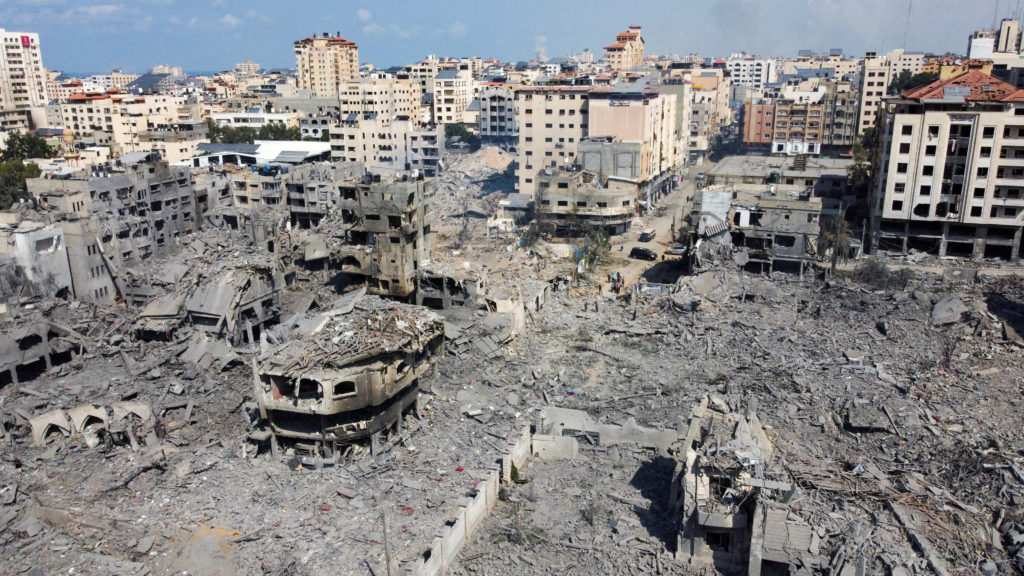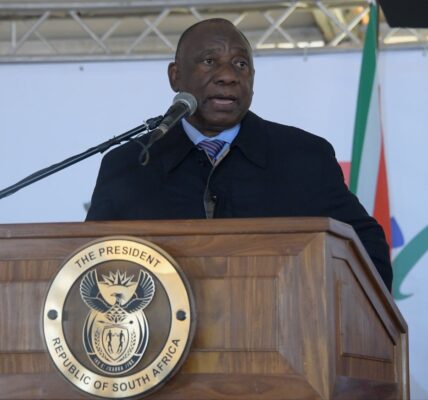In a notable development in the ongoing Gaza conflict, Hamas has signaled its readiness to implement an immediate ceasefire with Israel. This move is tied to a proposal made several months ago by U.S. President Joe Biden. A Hamas delegation recently met with Qatari and Egyptian mediators in Doha to discuss the terms of a truce and explore potential deals for exchanging hostages and prisoners.
As these diplomatic efforts gain momentum, Israel interprets Hamas’ willingness to negotiate as a sign of the group’s increasing vulnerability due to sustained military pressure.
Israel’s Assessment: Hamas Under Pressure
Israeli officials view Hamas’ move towards a ceasefire as indicative of severe internal strain. Defense Minister Yoav Gallant has released a letter purportedly sent to Hamas leader Yahya Sinwar by a former Hamas commander. The letter acknowledges significant setbacks for Hamas, including the loss of key rocket-launching capabilities and the destruction of anti-tank launchers. This, according to Israel, is evidence that its military actions are having a substantial impact on Hamas’ operational capacity.
Despite these setbacks, Israeli military operations continue with the aim of further weakening Hamas. Prime Minister Benjamin Netanyahu has stressed that concessions or pauses in military pressure could embolden Hamas, potentially undermining Israel’s strategic objectives.
U.S. Diplomatic Efforts and New Proposals
The U.S., led by Secretary of State Antony Blinken, is preparing to introduce a new ceasefire proposal in light of the recent developments. This proposal is expected to address the ongoing conflict and possibly facilitate negotiations for a truce. However, Israel is cautious about any move that might endanger hostages currently held by Hamas.
Reports indicate that six hostages were killed in a Gaza tunnel last month, underscoring the complex and precarious nature of negotiating a ceasefire. Israel is focused on balancing military pressure with the need to address humanitarian concerns and secure the release of hostages.
Regional Tensions Escalate
While diplomatic efforts are underway, the conflict has spread beyond Gaza, creating new challenges for Israel. On its northern border, tensions have surged as Hezbollah and Hamas have claimed responsibility for launching over 100 rockets from Lebanon into Israeli territory. In response, Israel has conducted airstrikes on what it describes as “terror targets” in Lebanon, heightening the risk of a broader regional conflict.
In addition, Israel’s relationship with Syria has also become more strained. Israeli forces recently raided a weapons site in Syria, seizing equipment and documents. An Israeli airstrike on a highway near Damascus reportedly resulted in casualties. Syria has condemned the strike, claiming that it resulted in the deaths of six workers in the occupied West Bank. Israel’s military maintains that the individuals were armed with explosives and posed a threat to its forces.
Humanitarian Developments in Gaza
Amid the escalating conflict, humanitarian efforts continue in Gaza. The World Health Organization (WHO) reports that its polio vaccination campaign has successfully reached more than 90% of children under the age of 10 in Gaza. Additionally, the WHO has evacuated nearly 100 individuals, including children, to the UAE and is advocating for the establishment of regular medical corridors to facilitate the transfer of patients in need of urgent care.
Looking Ahead: Peace or Further Escalation?
As both sides consider their next moves, the potential for a ceasefire hangs in the balance. Hamas’ willingness to negotiate may pave the way for diplomatic resolution, but Israel remains focused on its military objectives. The conflict’s expansion to Lebanon and Syria adds layers of complexity, with regional actors potentially escalating tensions further.
The involvement of international mediators and global powers will be crucial in determining the path forward. Whether through renewed diplomatic efforts or continued military action, the situation remains dynamic and uncertain, with significant implications for regional stability and international relations.
Conclusion
Hamas’ indication of readiness for a ceasefire offers a potential pathway to peace, but Israel’s cautious approach reflects the ongoing challenges of the conflict. As tensions rise across multiple fronts, the international community’s role in mediating and managing the situation will be pivotal in shaping the future of the conflict.






